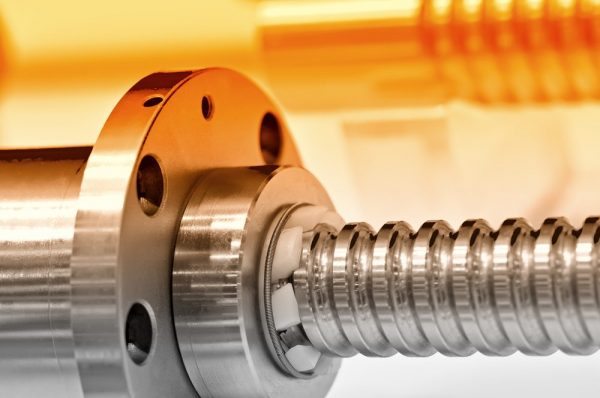Lost in the tapping process is the importance of hole preparation.
Tap and die is an intricate operation involving numerous tools to create screw threads. A lack of attention to detail will contribute to further faults in the tapping process. Manufacturers who pass over even the smallest of elements will produce unusable threads or worse, failing taps.
Avoid mistakes and setbacks by paying close attention to holes prior to tapping.
The Importance of Holes in the Tapping Process
Tapping holes isn’t a process that can be easily completed on the fly. Before cutting and threading, a technician should collect all pertinent measurements beforehand. Otherwise, a poorly tapped hole may lead to the wrong thread finish or size, which can then lead to a failure of the tap.
While mistakes need to be avoided, perfection isn’t always guaranteed. But it’s still important to correct as many mistakes before threading, according to North American Tool. Otherwise, poor threading will make screw threads unusable.
How to Avoid Poor Conditions
The most important factor in creating a hole for tapping is size. This measurement is key because holes are able to withstand higher amounts of torque if necessary. So an increase in torque means a hole needs extra strength. North American Tools recommended hole sizes produce approximately 75 percent of a thread’s depth.
Another area of concern is how holes are tapped. They usually narrow out or are completely straight. Getting there involves a variety of methods:
- Drilled
- Bored
- Cored
- Extruded
- Punched
These methods are helpful in the tapping process, but come with their own set of concerns as well.

Additional Factors
The use of damaged or dull tools for boring or drilling holes may result in work-hardening, which is the process of making metals harder and straining the substance beyond its yield point, Engineers Edge explained. If a metal hardens, humans or machines face additional difficulties cutting and threading.
Those same human technicians must take into account further details about the equipment they’re using in the tapping process. To ensure threading goes as smoothly as possible, machines need to be adequately lubricated and functioning as intended.
Technicians should also use the right tools, as some, such as Austenitic Stainless, are vulnerable to work hardening.
More screw threads are produced annually than any other machine component. Given the importance of screw threads, technicians have to carefully plan out the hole size before going through with tapping.
Read more:
Cutting Taps vs. Forming Taps: What You Need to Know
Four Types of Taps and How They’re Used to Create Hole Threads
Why Torque Matters and How to Audit Torque
Call and let us help meet all of your product and solution needs (866-483-7289).